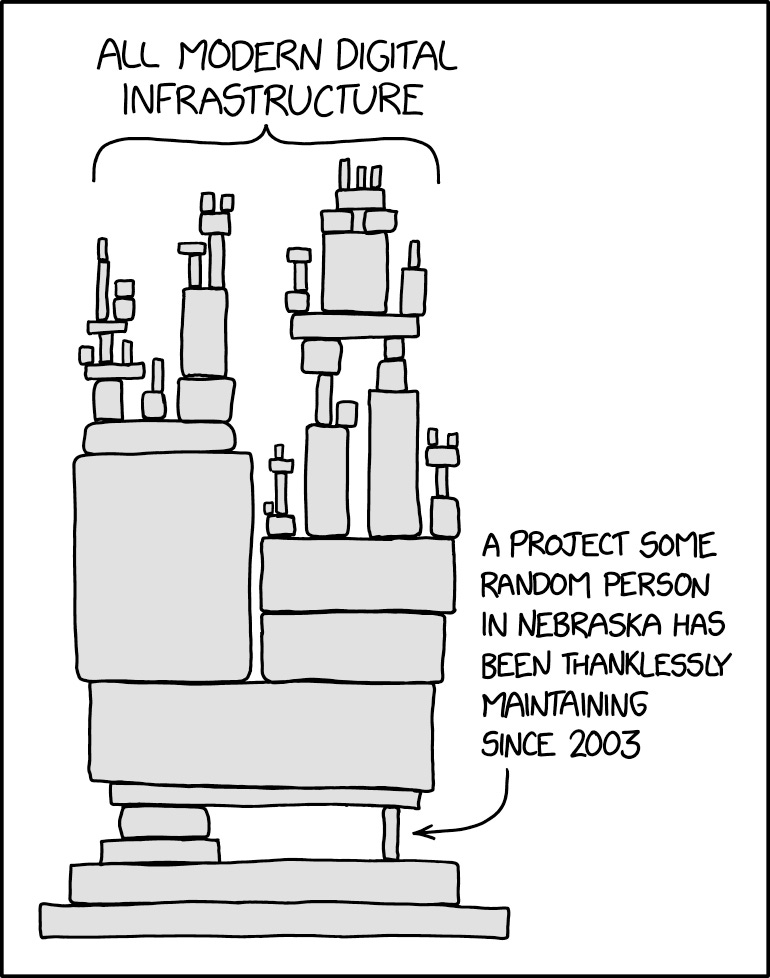
The Problem with Dependency Management
Managing software dependencies in modern development projects is a complex and time-consuming process that can lead to security vulnerabilities, compatibility issues, and bloated applications. These dependencies can vary across different types of use cases:
A mobile app developer creating a fitness tracker might integrate third-party libraries like Apple HealthKit (iOS) or Google Fit (Android) to access health data, and a mapping library like Mapbox or Google Maps to display user location.
A backend developer might have their service interact with other internal services for specific capabilities, such as a user service for user management, an order service for order processing, and a payment service for payment processing.
A data scientist working on a natural language processing (NLP) project might choose to use TensorFlow, an open-source library for machine learning. TensorFlow itself has dependencies on other libraries like NumPy for numerical computations and Matplotlib for data visualization.
The pain points when managing your dependencies include:
Conflicting dependencies
Tracking latest & stable dependency versions
Managing dependencies across multiple environments
Current Solutions and Shortcomings
Manual dependency management: This is a tedious and error-prone process, especially for projects with many dependencies.
Package managers: Tools like npm and Maven help automate dependency management, but they can still lead to “dependency hell” (conflicting versions) and security vulnerabilities due to outdated dependencies.
Dependency locking: While some tools offer dependency locking to ensure consistent versions across environments, managing these locked files can be cumbersome.
The Opportunity
There's an opportunity to develop a more intelligent and automated dependency management solution that addresses the shortcomings of current approaches. This solution could:
Proactively identify and resolve dependency conflicts.
Keep dependencies up-to-date while mitigating security risks.
Minimize the size of the final application by identifying and removing unused dependencies.
Simplify dependency management for complex projects with many dependencies.
By solving the dependency management problem, developers can:
Focus on core development tasks and spend less time wrestling with dependencies.
Reduce the risk of security vulnerabilities introduced by outdated dependencies.
Ensure consistent and predictable behavior across different development environments.

